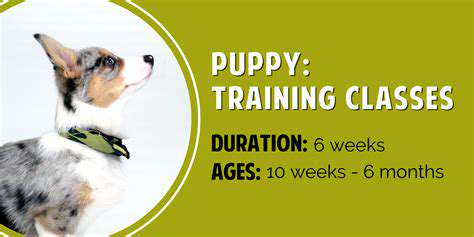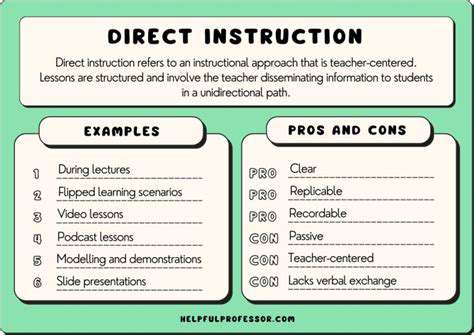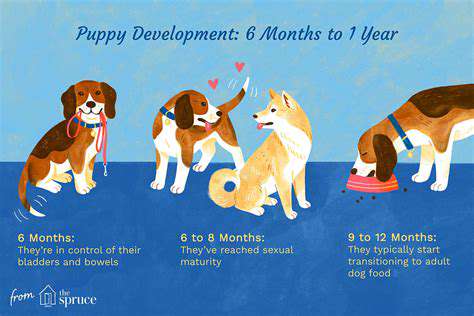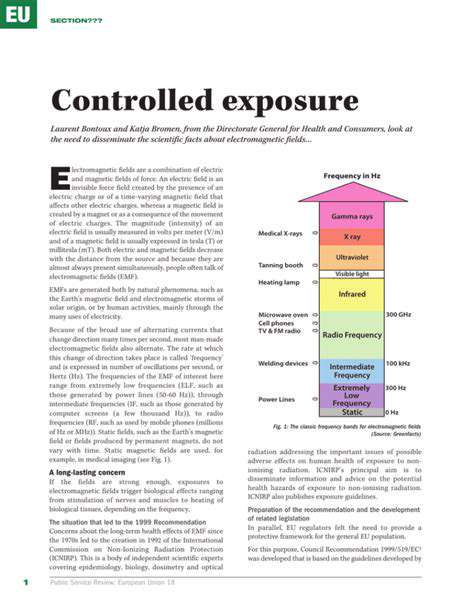A Comprehensive Guide to Puppy TrainingUnderstanding why puppies break the Down command is crucial for both new and experienced dog owners. From environmental distractions to energy levels, various factors can impact a puppy's ability to follow commands consistently. This guide offers insights into common issues and effective techniques for reinforcing the Down command, ensuring a well-behaved and obedient pup. Common Reasons Puppies Break the Down CommandPuppies often struggle to maintain the Down position due to numerous distractions. Noises, other pets, or exciting movements can divert their attention, making it essential to identify and manage these triggers. Moreover, misunderstandings of the command itself can lead to confusion, emphasizing the need for clear communication and consistent reinforcement. Effective Strategies for ReinforcementUtilizing positive reinforcement techniques is key to enhancing a puppy's response to the Down command. Employ treats, praise, and structured training schedules to create an engaging learning environment. Short sessions of 5–10 minutes can keep your puppy focused and interested, especially when practiced in a distraction-free area. Monitoring Progress and Adjusting TechniquesRegularly assessing your puppy’s progress allows for necessary adjustments in training methods. If your pup frequently breaks the command, consider modifying the training environment, session duration, or even your approach. Employing a calm demeanor is also critical, as it fosters confidence and trust during training. Creating a Distraction-Free EnvironmentTo teach the Down command effectively, begin in a quiet, controlled space. Reducing noise and movement will enhance focus, allowing your puppy to grasp the command more easily. Gradually introduce distractions only as your puppy becomes more reliable, ensuring they maintain focus despite external stimuli. Consistency in TrainingConsistency is paramount in dog training. Use the same verbal command and tone, avoiding variations that could confuse your puppy. Pairing verbal cues with hand signals can further solidify their understanding. Training should be regular and predictable, aligning with your puppy's natural energy levels for maximum engagement. Building Independence in Command FollowingAs your puppy becomes more proficient with the Down command, encourage them to follow it independently. Reducing prompts and gradually introducing more challenging environments will help strengthen their self-control. This ensures they can maintain the command even in exciting situations, which is critical for overall training success. The Importance of the Stay CommandTeaching the Stay command is equally essential for safety and good behavior. It can prevent your puppy from running into hazardous situations and promote calmness in unexpected events. Utilizing positive reinforcement, consistency, and diverse training environments will facilitate quicker learning and a deeper bond between you and your puppy. Patience and Persistence in TrainingFinally, patience and persistence are vital in training. Keep sessions light and fun while maintaining clear expectations. Greeting every success with encouragement fosters a trusting relationship, making the learning process enjoyable for both you and your pup. Socialization plays an important role here as well, allowing your puppy to become comfortable in various environments and situations.---By implementing these strategies, you can improve your puppy’s ability to comply with the Down command, laying a foundation for a lifetime of good behavior and positive companionship.










